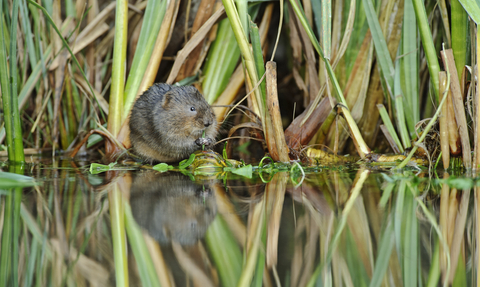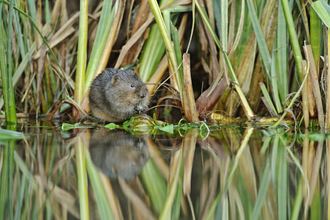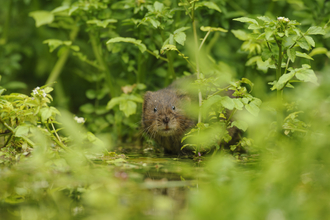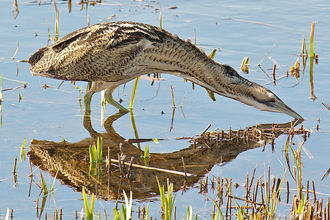
Terry Whittaker/2020VISION
Where to see water voles
Water voles
Head to the riverbank to track down one of our most endangered and much-loved mammals, the water vole. Better known to some as ‘Ratty’ in The Wind in the Willows, the water vole was once a common resident of rivers, streams, ponds, lakes and other wet places. Sadly, the loss of these habitats and the invasion of mink has caused their numbers to dwindle, but thanks to the hard work of volunteers and Wildlife Trusts, water voles are making a comeback in some areas.
Be patient and you might see them foraging on the bank or hear the distinctive ‘plop’ of one dropping into the water
Find water voles
Active from April to September, spring is often the best time of year to see them because bankside vegetation is shorter so water voles are more easily seen.
- Cheshire, Gowy Meadows
- Derbyshire, Cromford Canal
- Gloucestershire, Greystones
- Gwent, Magor Marsh (Following years of mink control, water voles were successfully released on to the reserve in the summer of 2012, and are now common across the reserve and are frequently spotted)
- Hampshire, Winnall Moors
- Lancashire, Lunt Meadows
- Rutland, Rutland Water
- Warwickshire, Tame Valley Wetlands
- Yorkshire, Filey Dams
- Yorkshire, Skerne Wetlands
How to do it
Look out for signs of their presence such as burrows in the riverbank, often with a nibbled 'lawn' of grass around the entrance. Water voles like to sit and eat in the same place, so piles of nibbled grass and stems may be found by the water's edge, showing a distinctive 45° angled cut at the ends. 'Latrines' of rounded, tic-tac sized and cigar-shaped droppings may also be spotted.
Because water voles are incredibly sensitive to disturbance, to maximise your chances of seeing one bring along a pair of binoculars so you can see the opposite bank at a distance. If you are out with a dog, make sure you keep them under close control and out of the water.
If you can't get to these places
Find out more about The Wildlife Trusts’ work for water voles at our website, and from our quick guide video below. And if you’ve not done so already, read the classic “The Wind in the Willows” by Kenneth Grahame!
Guide to water voles (https://youtu.be/Y-fBBFsclNM)
Video by Stephen de Vere
More wildlife experiences
From seeing colourful wildflowers to spotting magnificent birds of prey, we can help you get closer to wildlife across the UK.






